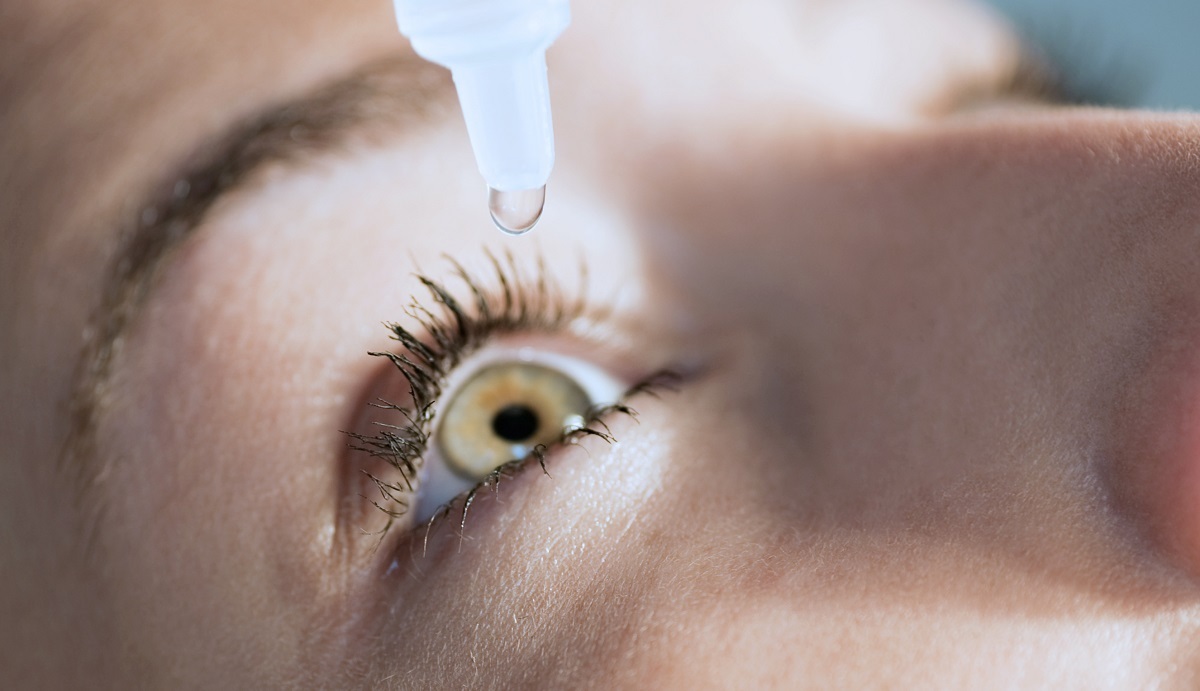The healthcare industry is changing to accommodate more modern demands, particularly those of patients who choose to self-treat.
Over-the-counter (OTC) medications have risen in popularity recently, as patients increasingly seek more flexibility to take charge of their own health. For years, the U.S. Food and Drug Administration (FDA) has collaborated with pharmaceutical developers and producers to draft rules that would increase public access to OTC medications. These developments help all parties involved in the medicine supply chain, but they can also occasionally hurt patients.
Product safety and quality concerns
Eye drops are a common OTC drug used to treat a number of eye disorders including allergies, infections and dry eyes. Yet, the FDA has already recalled four eye drop products so far this year due to issues with product safety and quality. In February 2023, the Centers for Disease Control (CDC) announced it had identified 55 patients in 12 states who had been impacted by a rare strain of the drug-resistant Pseudomonas aeruginosa bacteria. These infections caused permanent vision loss resulting from a corneal infection, hospitalization and even one death.
These cases were due to an artificial tear product meant to hydrate dry eyes which result from conditions like aging, allergies, side effects of other medications, or other health conditions. The FDA recommended this recall due to the company’s current Good Manufacturing Practice (cGMP) violations, including lack of appropriate microbial testing, formulation issues, and a lack of proper controls concerning tamper-evident packaging. The FDA is already collaborating with the CDC and state and local health departments to investigate whether more people have been affected by issues with this manufacturer and/or other OTC eye drops.
Recall notices
Due to potential sterility issues that could result in significant eye infections, injuries or visual impairments, the FDA has now added two additional eye drop products to its recall list. These companies did not face civil penalties (in contrast to the previous recall) because there have been no reports of illnesses or injuries linked to the use of their products.
One recall was initiated because the lids on some of the bottles have developed fractures, which might allow bacteria, fungi or other microbes to contaminate the eye drops. The other recall was initiated because the product was found to be non-sterile, meaning it may contain harmful contaminants that could cause eye infections or damage.
Best practices for manufacturers
As we mentioned in our 2023 State of the Nation Recall Index report, regulatory agencies like the FDA are becoming more aggressive when it comes to recalling products that might endanger consumers. The FDA has issued several notices due to potential contamination, so manufacturers need to make sure their facilities are in compliance with all relevant health codes. Companies should closely monitor changes to their legal and compliance obligations to make sure the FDA and CDC don’t have any reason to scrutinize their products.
Trusted by the world’s leading brands, Sedgwick brand protection has managed more than 5,000 of the most time-critical and sensitive product recalls in over 100 countries and 50 languages. To find out more about our experience with recall planning, simulations, and live event execution, visit sedgwick.com/brandprotection.

